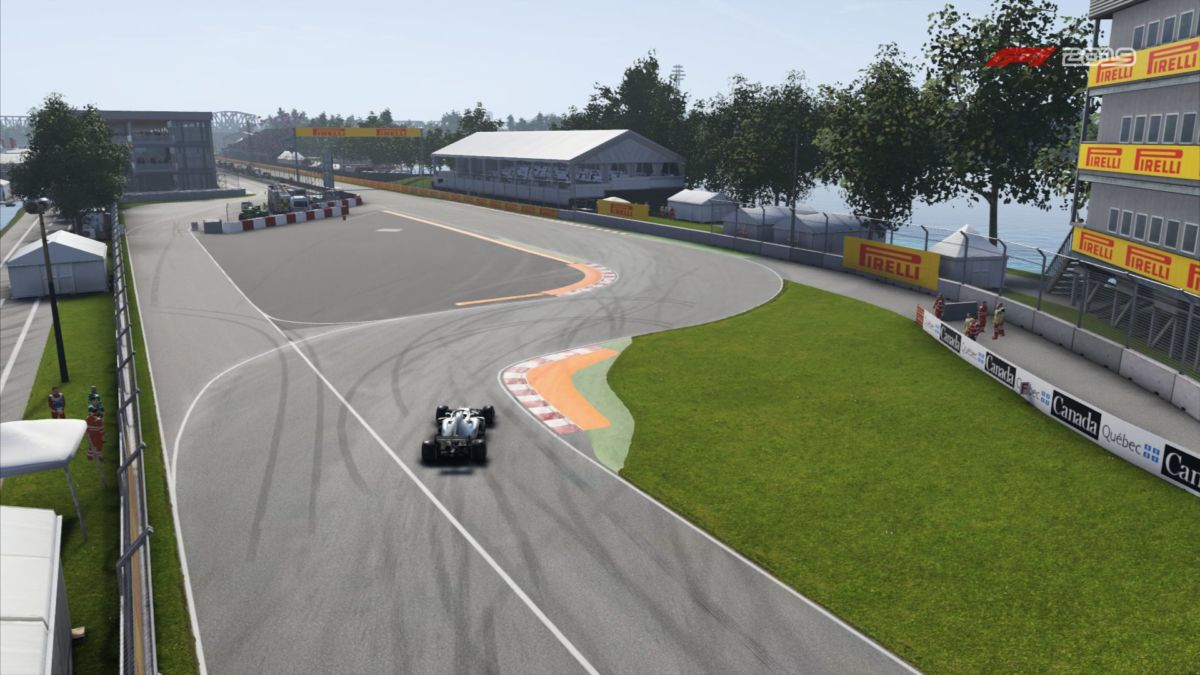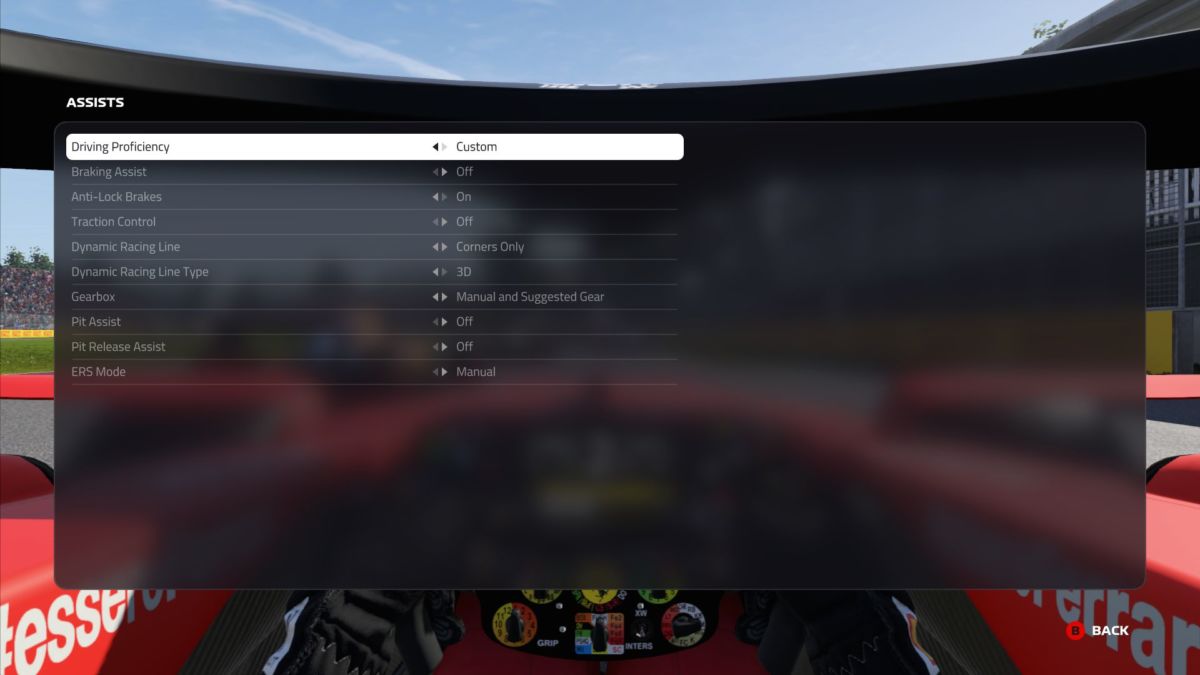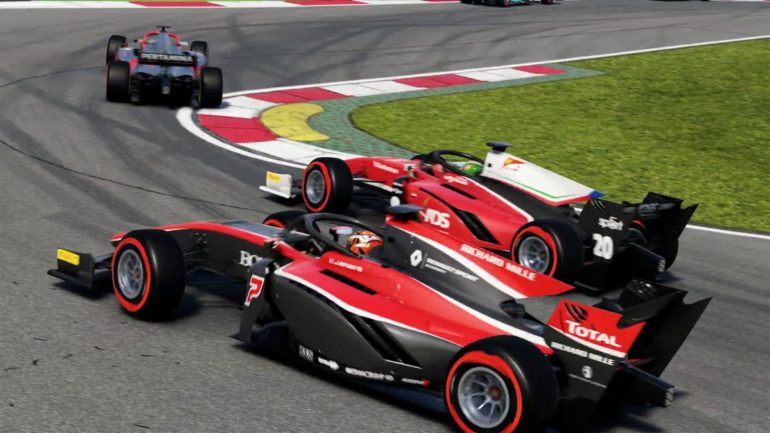As a racing sim, driving in F1 2019 is not as easy as many players will be used to in other games. In order to set the best times and put your opponents in their place you’ll need to have everything fine tuned perfectly as well as understanding every aspect of your vehicle and the track. Anything else will see you dropping down the leaderboards or missing out on those vital Championship Points.
Taking in all the information and getting to grips with where you need to improve can be daunting due to the sheer number of different things you have to account for. Fortunately, we have put together a collection of tips and tricks that should help you grabbing those pole positions in no time.
1. Go Slow Into Corners And Fast Out

Anyone can drive fast in a straight line. The trick to being a great racer is to be able to carry that speed around corners and back onto the straights. While Formula 1 brakes have tremendous stopping power, it is still important to carefully pick braking points for each corner.
Using the in-game dynamic racing line can be helpful to get a general idea of when to brake but should not be taken as gospel. After all, it will not take into account different elements such as the condition of the car, tires, track, or even the amount of fuel in the tank. All of these can significantly shift the optimal point where you should brake.
One good tip to remember is slow in, fast out. Essentially, you want to hit the brakes a touch earlier so that you’re slower going into the corner than the max speed possible. This will allow you to take the best line and hit the apex. The other benefit of going in slightly slower is you can get on the throttle earlier and straighten out the car more quickly, both of which will allow you to accelerate out of the corner faster or position the car correctly for the next corner. As you gain more confidence you can move the braking point to a later point until you’re nailing each corner.
2. Starts Are Very Important

You may have heard the saying that a race cannot be won at the start but it can be lost. It is a common phrase in Formula 1 and F1 2019 demonstrates it very well. Getting off the line well when those red lights go out can mean the difference between being stuck behind a slower driver for several laps or getting ahead of your rivals straight away.
The trick to getting a good start are quick reactions and avoiding wheelspin. A good way to ensure you get a good launch is to turn down your fuel mixture to lean. This will stop too much power going through the rear tires. The next step is to get the revs at the optimal point and to balance it there until the race starts. To do this you’ll need to lightly press down the trigger or pedal so the car is getting between 30-50% throttle.
You will know you’ve hit the optimal revs when the controller/steering wheel vibrates. This should be around the 11,000 revs mark, which you can track on the on-screen display. Keep the revs steady and just release the clutch when the lights go out, slowly applying more throttle as you go up through the gears. Once you are out of first gear you can even up your fuel usage back up to normal or rich for added acceleration.
3. Don’t Be Scared To Use Assists

While it is true that the ultimate lap times are only possible when all assists are turned off, you should not be afraid to use them, especially if you’re not very familiar with the series. The assists should not be seen as a badge of shame but rather as a learning aid to help you get to grips with the basics of racing so that you can gradually improve over time.
Rather than turn off all the assists you should only switch off those that you feel comfortable doing without. As you become more confident you can then start to reduce the amount of assists in use. Good places to start include setting traction control to medium and switching off assisted braking. Once you begin to feel confident driving without those assists you can slowly begin to reduce them even further. This should be very much a step-by-step process as turning off everything at once will leave you struggling to cope and unable to make any progress.
4. Learn The Tracks

Understanding the track layout and learning all the details about a circuit is essential when it comes to setting blistering lap times. While the dynamic racing line will give a good idea of the line you should take, it doesn’t give much insight into the intricacies of a particular circuit.
The best way to do this is through driving as much as you can on a track. Use practice sessions fully and make sure you are very familiar with every corner. This is not just important for knowing braking points, it will also help you know where the best place to turn in is, which parts of a track are best for overtaking, and where you can change your line. Understanding where there are gravel run-offs or tarmac and what type of curbs are also important, as you’ll know whether it is safe or fast to run slightly wider.
5. Experiment To Find Your Perfect Setup

Perhaps the most daunting task in any F1 game is to setup your car. The sheer number of options available might seem overwhelming at first but there are some easy things to keep in mind that should help you get started.
Firstly, you are going to want to have more downforce at tracks that have more corners. Circuits such as Monaco and Singapore are tight and twisty so require more downforce to allow the car to have maximum grip so it can turn efficiently. On the other hand, the likes of Baku have far more long straights. This means you want far less downforce as this will create drag and slow you down.
Generally, you will always want more downforce at the rear of the car than at the front – although there are some exceptions to this rule, such as Canada where you don’t want much rear wing downforce to take advantage of the long straights but still need a good amount of front downforce to make it through the tight hairpin efficiently.
There are plenty of setup guides on the internet to help you with the other details, such as suspension and transmission. You can even download the setups from those who are top of the leaderboards to get a good idea of how to make the car better suited for each circuit. Just keep in mind that each track will need a different setup and that you’ll have to experiment to find the ideal one for your own driving style.
Some of the coverage you find on Cultured Vultures contains affiliate links, which provide us with small commissions based on purchases made from visiting our site.

